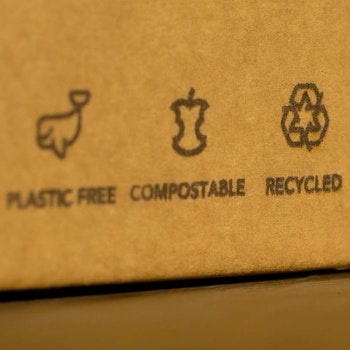
Covid-19 is Changing Market Research – for the Better
Published on: December 22 2020
The impact of Covid-19 has been felt across every industry – and with so many people now working from home, the move to digital experiences has been seen everywhere. Events have become virtual, shopping has become e-commerce, meetings have become video calls and so on.
In many cases, these trends aren’t new, just an acceleration of what was happening already. The speed, convenience and efficiency of doing things online has simply become available to a wider audience.
Already moving towards neuroscience
Market research, and the neuroscience techniques that have begun to support it in recent years, are no exception.
Even before the pandemic, brands and agencies wanted a better ROI on their research from a faster, more iterative and more efficient approach. They wanted better-quality data and analysis that was validated and genuinely predictive.
The problem with most market research, as advertising guru David Ogilvy famously put it, is that “Consumers don't think how they feel, they don't say what they think, and they don't do what they say.”
Hence the value of a different type of testing. Focus groups, surveys and the rest of the traditional techniques all suffer when people’s real attitudes – and more importantly, buying behaviours – are driven by non-conscious, emotional responses that they can’t articulate and of which they may not even be aware.
To get around this issue, brands began to look to neuroscience labs. With consumers hooked up to electrodes or in MRI machines, they were able to plumb neurological biological data for new insights on associations that consumers were unable to report or even perceive directly.
But as you might imagine, that sort of research is complex, slow and costly. Fortunately, a new wave of behavioural neuroscience tools began to appear, with solutions and apps that performed the same function but could be carried out anywhere on smartphones.
Impact of the pandemic
Then came Covid-19. Suddenly, brands couldn’t easily manage focus groups and panels when people couldn’t be in the same room as each other. At the same time, even those that considered using labs found that they could no longer employ that resource. You can’t test consumers via an EEG when they can’t even leave their home.
Not to mention that the need for cost-effective, efficient methods became even more acute as budgets began to shrink.
But as with virtual events and e-commerce, this has all simply accelerated a trend that was already there. Brands are looking to behavioural neuroscience applications that they and their consumers can access at home, because they’re faster and less expensive than labs, while remaining more reliable and predictive than traditional market research tools.
In essence, the pandemic is driving the industry in a direction it was already moving. That’s why CloudArmy has been working with a number of global brands and agencies to enable them to use the latest, most effective research techniques with consumers in the privacy of their own homes. To learn more about those techniques and how your business can benefit from them, get in touch with us at https://cloud.army/contact-us/





